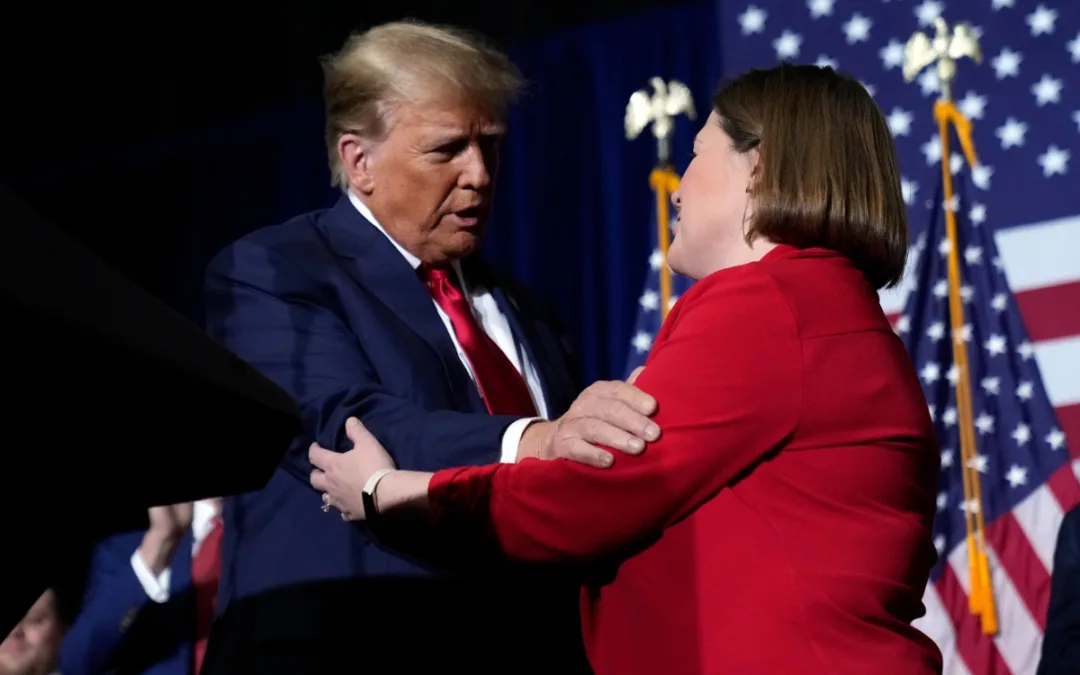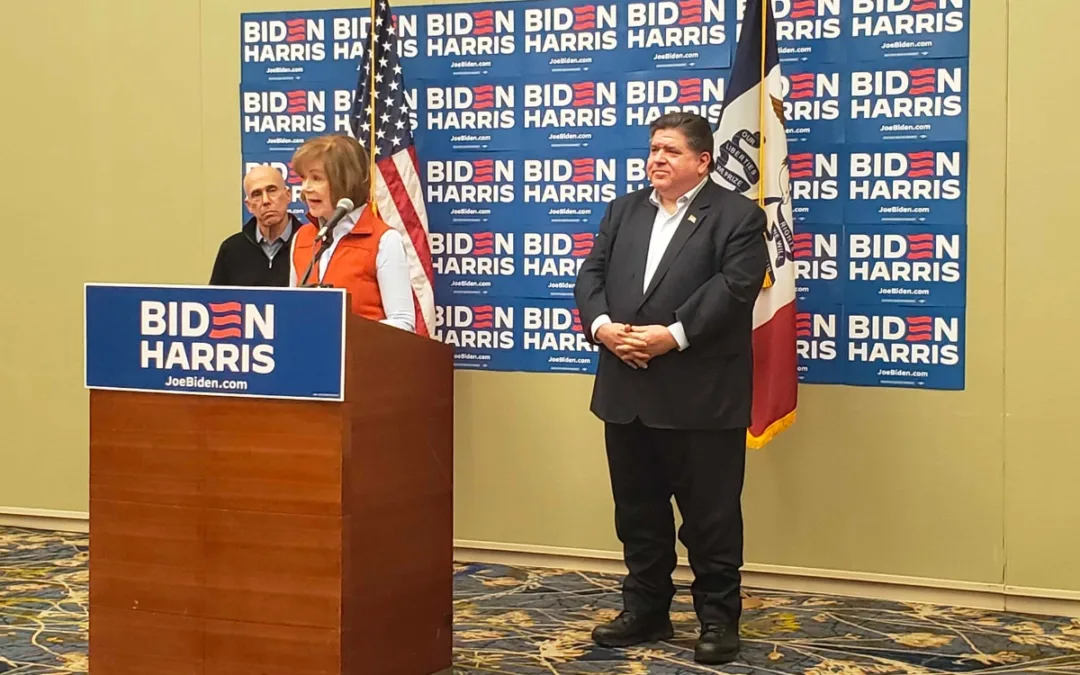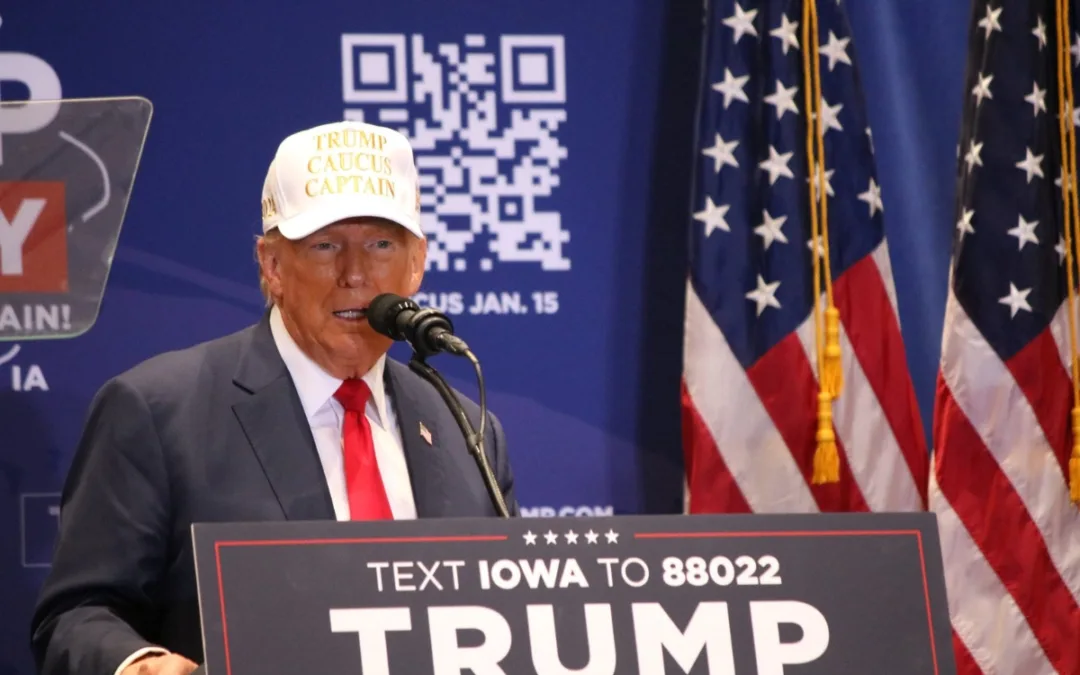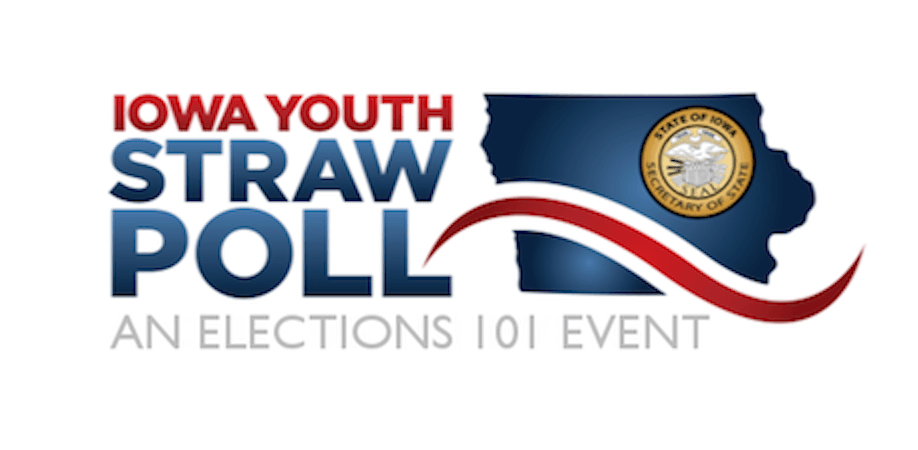
Sen. Bernie Sanders still commands the youth vote in Iowa, according to today’s Youth Caucus Straw Poll results as of late afternoon. Sanders nearly doubled the next-closest Democratic contender in the Iowa Secretary of State’s annual survey of high school students, garnering 24.7% to former Vice President Joe Biden’s 12.3%. Andrew Yang came in third with 11.9% and Pete Buttigieg fourth with 11.5%, though those two candidates’ numbers have switched places throughout the day (these Wednesday 9:00 a.m. numbers are updated from our original story yesterday at 5:00 p.m. — the overall rankings didn’t shift much).
High school students from across Iowa participated today in the Secretary of State’s Youth Caucus Straw Poll, with about 300 schools around Iowa engaging in some fashion (see the full map here from the Secretary of State’s office). Many of the candidates running for all major offices submitted YouTube videos for the students to watch before making their choices.
These results are far from scientific given the uneven involvement of schools and students at them, but it’s still an interesting and unique look into where young Iowans stand on the presidential caucus and other campaigns. Many of these students will be 18 by the next election.
Participation has grown significantly in Secretary of State Paul Pate’s straw poll over the years. In 2015, the total votes for Bernie Sanders, Hillary Clinton and Martin O’Malley were only 942. Sanders won that contest with over 50%, while O’Malley placed ahead of Clinton. Unlike in that year, students could only vote in one party’s primary today.
So far this year, over 13,000 voted in the Democratic presidential primary, with another 8,000 casting a vote in the Republican primary contest.
[inline-ad id=”0″]
Presidential Caucus
Below are the full results from the Straw Poll as of 9:00 a.m. Wednesday (this is updated from our previous story that had the 5:00 p.m. results — it didn’t change too much). Also, of note — the Secretary of State’s website lists the percentages across all votes, Democratic and Republican. We list them out as percentages within the Democratic Party, since this is a primary, which makes more sense. Other news sites have presented the results as “Trump leads all Democrats,” which makes no sense. Overall, there were many more Democratic votes combined than Republican.
Sanders: 3,651, 24.7%
Biden: 1,817, 12.3%
Yang: 1,750, 11.9%
Buttigieg: 1,697, 11.5%
Warren: 1,223, 8.3%
Steyer: 1,030, 7.0%
Harris: 566, 3.8%
Bennet: 450, 3.1%
Klobuchar: 438, 3.0%
Castro: 427, 2.9%
O’Rourke: 340, 2.3%
Booker: 331, 2.2%
Gabbard: 281, 1.9%
Delaney: 189, 1.3%
Williamson: 184, 1.2%
Bullock: 151, 1.0%
Messam: 121, 0.8%
Sestak: 108, 0.7%
Sanders’ first place showing reflects most polling numbers (and attendee ages at his campaign events) that have young voters disproportionately backing the Vermont senator. It’s not as dominant a situation as the 2015 poll, but he obviously faces much more competition this time around.
A key goal to Sanders’ success in the Iowa Caucus revolves around turning out young, first-time caucus-goers. In the Iowa Caucus, 17-year-olds can participate if they will turn 18 by the general election.
[inline-ad id=”1″]
Biden does better here than some may have predicted, again showing some resiliency in the lead-off state. This isn’t an age bracket he’s going to win, but staying competitive among young Iowans will help his delegate numbers on caucus night.
Yang’s strong showing may comes as a surprise to some, but not those who have been closely following his campaign. He continues to draw in younger people who prefer a new approach to politics. It’s also notable that he’s performing much higher than Tulsi Gabbard, another outsider candidate who may appeal to younger, anti-war voters.
Right behind Yang is Buttigieg, who’s drawn enthusiastic crowds around the state as he campaigns here. As the youngest candidate in the field, he’s been doing well among younger voters, but perhaps not hitting the full potential that the “new generation” candidate could just yet.
The numbers may be a bit of concern to Elizabeth Warren, whose left-leaning policies ought to resonate with the younger voter set that tends to be more progressive. It may be a situation, however, where Sanders is simply their first choice. And, again, these results are far from scientific.
Tom Steyer is right behind Warren, a good showing for the candidate that’s starting to consistently show up in early state polls in the mid-single digits. Steyer hasn’t just been swamping the Iowa TV airwaves with ads since his campaign launch — he’s also heavily advertised on digital platforms that young people use often. And one of his main message points is climate change, typically seen as the top concern for young voters.
After Steyer, there’s a significant drop-off to the remaining candidates.
[inline-ad id=”2″]
Other Races
Republican Presidential Primary
There’s not much appetite for Republican alternatives to Donald Trump among young Iowans who lean to the right.
Those results as of 5:00 p.m. were:
Donald Trump: 7,486, 91.4%
Mark Sanford: 302, 3.7%
Joe Walsh: 237, 2.9%
Bill Weld: 168, 2.1%
U.S. Senate
The biggest surprise in the all the races may be Democratic Senate candidate Kimberly Graham topping the four-person primary field by a good margin. Graham has a very active and growing social media presence, which has helped her raise money online and be constantly visible to those involved in Iowa politics. She actively campaigned for young people’s votes on Twitter this week.
It’s apparently earned her a following among young Iowans. Here are the results as of 5:00 p.m.
Kimberly Graham: 3,612, 37.9%
Eddie Mauro: 2,651, 27.8%
Theresa Greenfield: 2,031, 21.3%
Michael Franken: 1,248, 13.1%
Greenfield is the heavy favorite in the primary to take on Sen. Joni Ernst, leading the field in fundraising and endorsements both in the state and nationally. Graham trails significantly in the fundraising arena, raising only $23,116 in the 3rd Quarter, compared to Greenfield’s $1.1 million.
[inline-ad id=”3″]
Eddie Mauro comes in second place here, perhaps thanks to his well-known name in the Des Moines metro area and from some residual name I.D. from his past congressional run where he aired TV ads.
Tweets like these seemed to represent the typical Graham voter. She has pitched herself as the progressive candidate in the race, embracing Medicare for All and other Sanders-like policies.
https://twitter.com/HunterKuhl/status/1189208644774174720?s=20
Congressionals
It’s hard to read much into the results in any of Iowa’s four congressional districts. Given the uneven involvement of schools, one can’t put much weight into the partisan breakdown between the parties.
For the Republican primaries, there’s been little news coverage so far for anyone running. That seems to have led to results like Thomas Hansen leading state Rep. Ashley Hinson in the 1st District. Hansen, the party chair of Winneshiek County, is largely a candidate in name only at this point, raising just $2,085 last quarter, compared to Hinson’s $318,512. Hinson is widely expected to be the nominee to take on Rep. Abby Finkenauer in a top-tier swing district battle.
Thomas Hansen: 1,419, 58.5%
Ashley Hinson: 1,008, 41.5%
In the 2nd District, former Illinois Rep. Bobby Schilling led state Sen. Mariannette Miller-Meeks by a wide margin, even though most expect Miller-Meeks to prevail in that primary.
Bobby Schilling: 1,503, 61.0%
Mariannette Miller-Meeks: 962, 39.0%
The one interesting thing from these two odd primary results is that in races with little information out there about the candidates, Republican-leaning students chose the man in both.
Rep. Steve King is easily holding his own in the 4th District primary field, even among a younger demographic that one might think would be most turned off by his rhetoric.
Steve King: 2,275, 59.0%
Bret Richards: 607, 15.7%
Jeremy Taylor: 508, 13.2%
Randy Feenstra: 466, 12.1%
Former Rep. David Young easily leads a little-known Republican challenger in the 3rd District.
by Pat Rynard
Posted 10/29/19
Politics
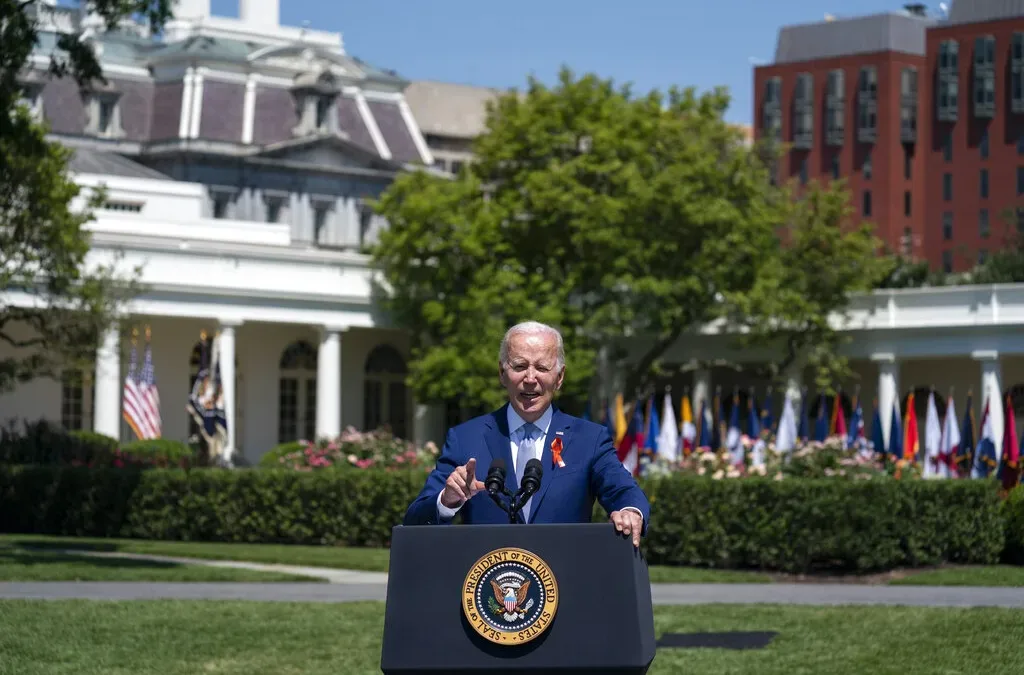
Biden announces new action to address gun sale loopholes
The Biden administration on Thursday announced new action to crack down on the sale of firearms without background checks and prevent the illegal...

Biden cancels student loan debt for 2,690 more Iowans
The Biden administration on Friday announced its cancellation of an additional $7.4 billion in student debt for 277,000 borrowers, including 2,690...
Local News

No more Kum & Go? New owner Maverik of Utah retiring famous brand
Will Kum & Go have come and gone by next year? One new report claims that's the plan by the store's new owners. The Iowa-based convenience store...

Here’s a recap of the biggest headlines Iowa celebs made In 2023
For these famous Iowans, 2023 was a year of controversy, career highlights, and full-circle moments. Here’s how 2023 went for the following Iowans:...



